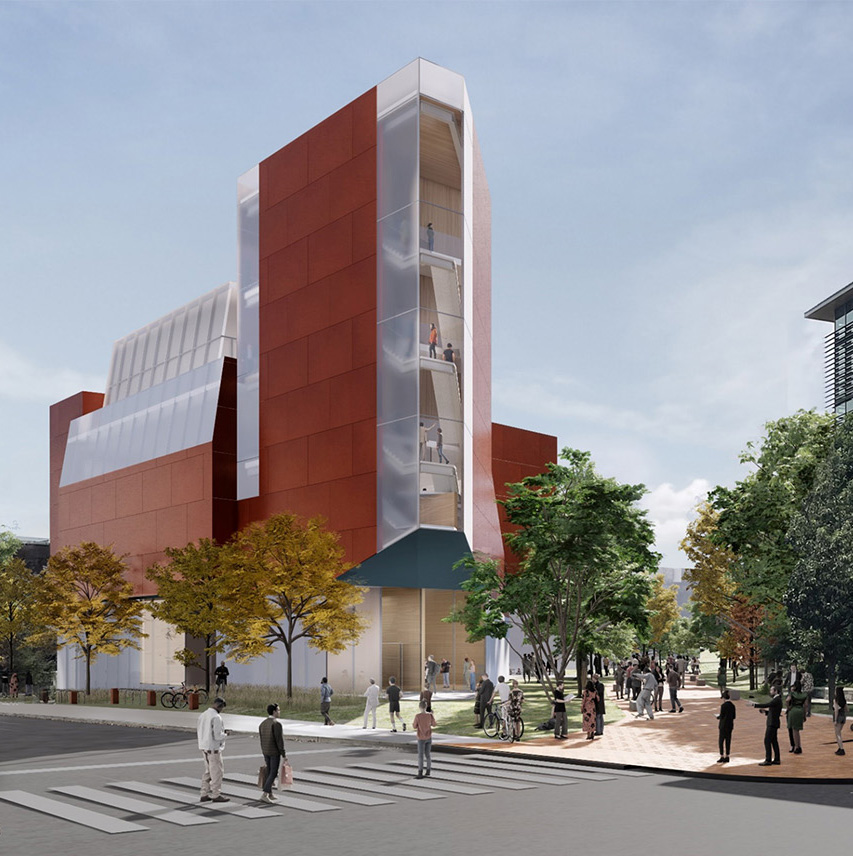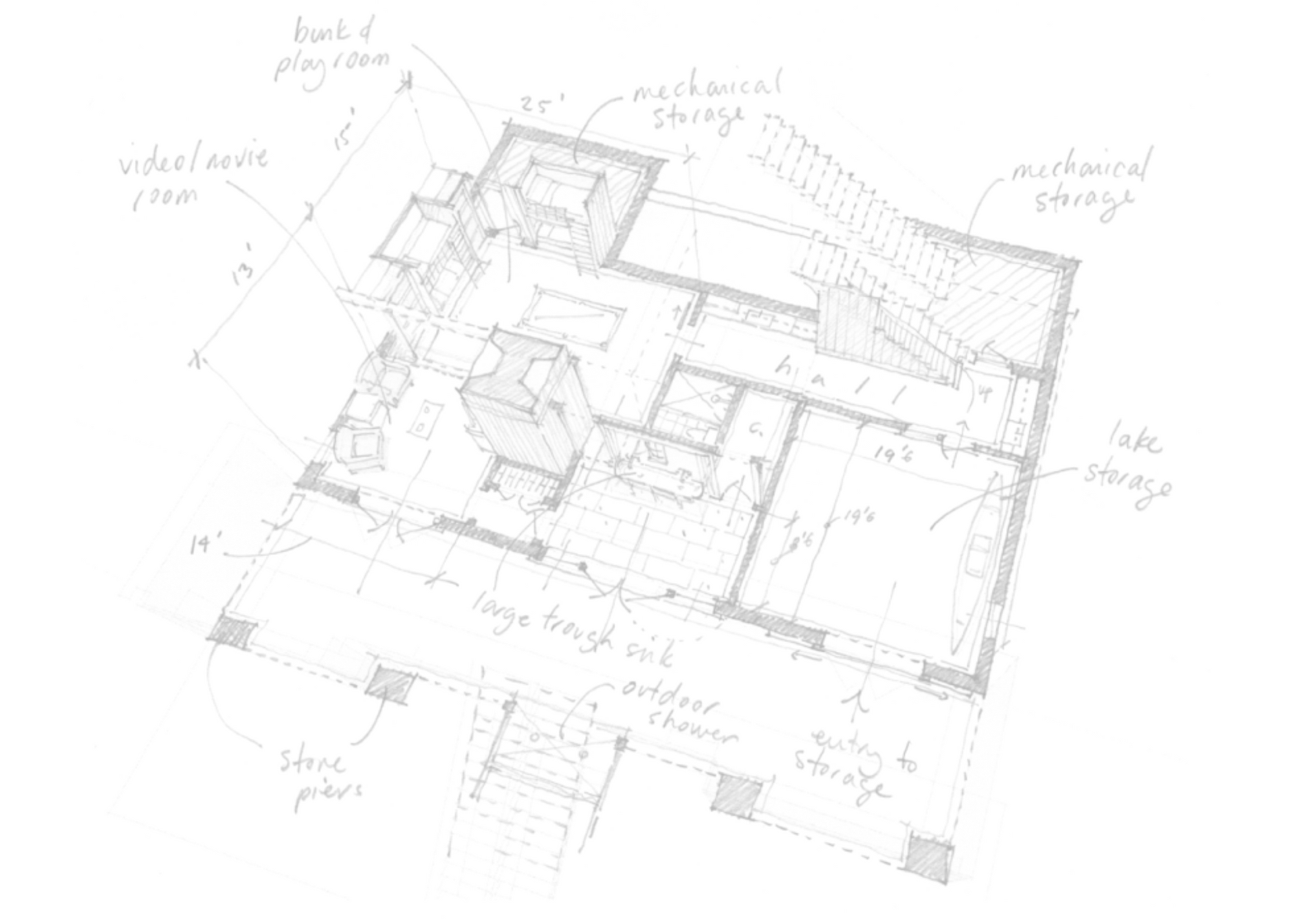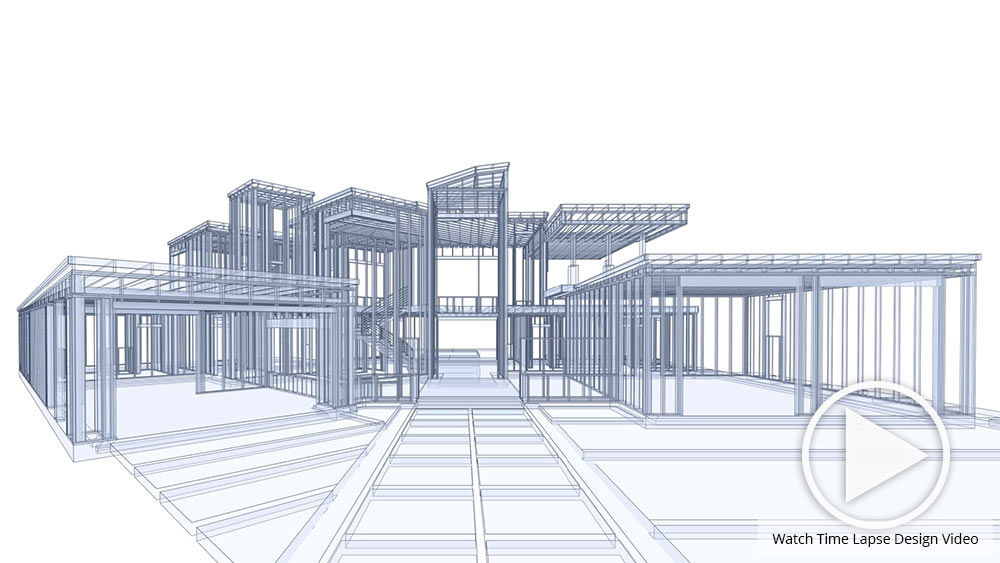The Necessary Function of an Engineer in Forming Sustainable Urban Environments for Future Generations
The role of an engineer in crafting sustainable urban environments is increasingly crucial in reacting to the obstacles of climate modification and urbanization. By seamlessly incorporating environmental concepts into their styles, engineers not only improve the aesthetic and practical quality of metropolitan rooms but likewise address pushing concerns such as energy effectiveness and social equity. Their know-how in innovative materials and neighborhood interaction forms developments that resonate with regional worths and aspirations. As we check out the intricacies of this field even more, it ends up being obvious that the future of city living might pivot on the very practices designers utilize today.

Comprehending Sustainable Urban Design
Lasting urban layout integrates eco-friendly concepts with urban preparation to create settings that are not only comfortable but also resistant. This method stresses the significance of including natural systems right into the urban textile, guaranteeing that growth satisfies the demands of the present without endangering the capacity of future generations to satisfy their very own needs. Secret components of sustainable city design include efficient land use, the promo of biodiversity, and the integration of environment-friendly areas, every one of which add to boosted lifestyle for locals.
In addition, lasting urban design focuses on the reduction of the metropolitan warmth island result, improved air top quality, and efficient stormwater management. It urges the use of sustainable sources and energy-efficient building techniques, which substantially lower carbon impacts. Lasting city layout cultivates social equity by developing accessible public spaces and promoting mixed-use developments that cater to diverse populations.
Via thoughtful planning and innovative design techniques, sustainable metropolitan atmospheres can enhance neighborhood durability against climate change while fostering economic growth. This holistic approach not just addresses prompt city obstacles yet also lays the groundwork for healthier, extra lasting cities for generations ahead.
Trick Duties of Designers
Designers play a crucial duty fit lasting metropolitan atmospheres by translating style principles right into substantial frameworks and spaces. Their responsibilities include a wide variety of activities that add to the general success of metropolitan design projects.
Primarily, engineers carry out thorough website analyses to recognize the ecological, social, and cultural context of their tasks. This fundamental knowledge educates their style decisions, making sure that structures harmonize with their environments. cda architects. They also take part in collective processes with stakeholders, consisting of city coordinators, engineers, and the neighborhood, fostering a comprehensive approach to city development
In addition, architects are tasked with creating designs that enhance power performance, resource conservation, and functionality. They have to adhere to neighborhood zoning laws, developing codes, and sustainability accreditations, ensuring compliance while pressing the borders of advancement.
Moreover, designers are liable for managing the style procedure, collaborating with different specialists throughout the building stage to guarantee that the vision is recognized properly. Inevitably, their function is not exclusively concerning aesthetic appeals; it is concerning creating durable, flexible areas that boost the quality of life for present and future generations, laying the groundwork for lasting city living.
Innovative Products and Techniques
In the pursuit of ecologically accountable style, cutting-edge products and strategies have emerged as critical aspects in the development of sustainable metropolitan atmospheres. Engineers are progressively using materials that lessen ecological effect while improving energy effectiveness. Recycled products, such as redeemed wood and repurposed metals, not only lower waste but also add special aesthetic high qualities to structures.
Additionally, advancements in modern technology have actually caused the advancement of high-performance materials, such as insulated concrete forms (ICFs) and photovoltaic or pv glass, which add to energy conservation and harness renewable resource. cda architects. Techniques such as easy solar layout and eco-friendly roofing systems additionally exemplify just how design can harmonize with all-natural systems, minimizing reliance on artificial heating & cooling
Moreover, the assimilation of wise materials, which adjust to ecological modifications, provides encouraging methods for improving structure efficiency. These materials can reply to temperature variations or wetness levels, maximizing comfort and sustainability.
Inevitably, the calculated selection and application of ingenious materials and strategies empower engineers to create city spaces that are not only functional and aesthetically pleasing however additionally durable and eco accountable, ensuring a lasting future for generations to check my reference find.

Area Interaction and Cooperation
The success of cutting-edge products and strategies in lasting city architecture is considerably improved by energetic community interaction and partnership. Architects have to identify that the built atmosphere profoundly impacts the lives of neighborhood citizens, making it necessary to entail them in the style procedure. Involving the area promotes a feeling of ownership and liability, ensuring that advancements not only satisfy visual and practical requirements however also reflect the values and ambitions of those who populate them.
Partnership with varied stakeholders-- consisting of city governments, ecological teams, and locals-- enables architects to gather important understandings and responses. This inclusive approach can bring about even more lasting services that address details neighborhood challenges, such as ease of access, green areas, and power performance. Moreover, by helping with workshops and public forums, engineers can cultivate discussion and understanding, which ultimately enriches the style process.
Successful neighborhood interaction additionally helps in prioritizing social equity within city advancement. By considering the voices of marginalized populaces, architects can produce rooms that are inclusive and fair. In this way, area engagement and cooperation become view publisher site essential to attaining truly sustainable city environments that serve the requirements of existing and future generations.
Future Patterns in Lasting Style

In addition, improvements in modern technology are forming future trends in lasting architecture. The assimilation of wise materials and structure systems enables for real-time energy administration, enhancing performance and decreasing carbon impacts. Developments such as green roof coverings, living walls, and energy-generating exteriors are becoming conventional practices, additionally advertising environmental equilibrium within urban atmospheres.
Moreover, a change towards biophilic style is obtaining traction, highlighting the link between nature and human well-being. By including natural environments, engineers create areas that promote psychological health while advertising biodiversity.
Final Thought
To conclude, architects are critical beforehand lasting urban atmospheres via their competence in layout, ingenious materials, and neighborhood involvement. By focusing on power efficiency and resource conservation, these experts add to the production of resilient urban areas that satisfy the requirements of existing and future generations. The assimilation of ecological principles not only enhances livability however likewise cultivates social equity, making certain growths resonate with the values and aspirations of the communities they serve.